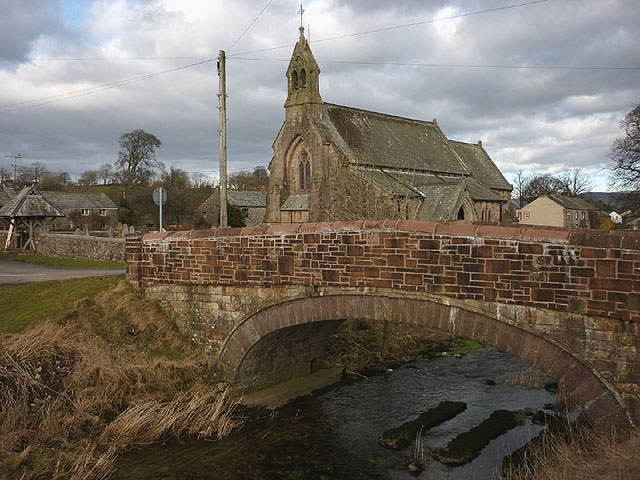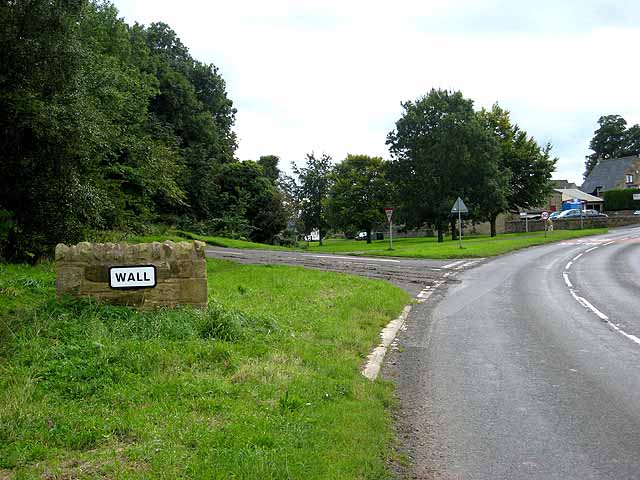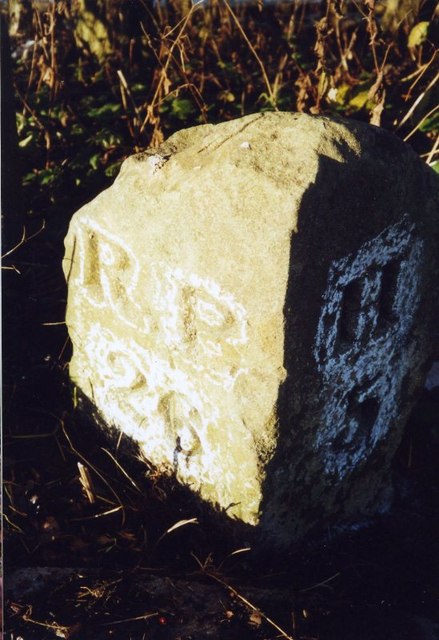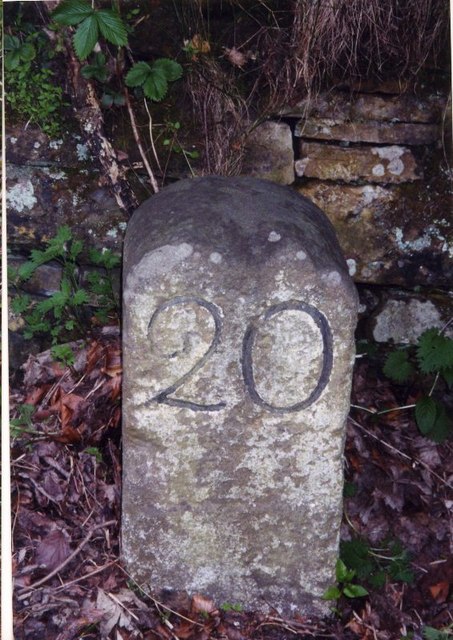Topics > Cumbria > Great Asby > Great Asby Parish, 1848
Great Asby Parish, 1848
Extract from: A Topographical Dictionary of England comprising the several counties, cities, boroughs, corporate and market towns, parishes, and townships..... 7th Edition, by Samuel Lewis, London, 1848.
ASBY, GREAT (St. Peter), a parish, in the union and division of East ward, county of Westmorland, 4½ miles (S. by W.) from Appleby; containing, with the townships of Asby-Windewath, Asby-Coatsforth, and Little Asby, 407 inhabitants, of whom 222 are in the first, with the hamlet of Garthern; 129 in the second; and 56 in the third, with the hamlet of Asby-Overgrange. It comprises by computation 6500 acres, and is bounded on the south by the parish of Crosby-Garret and by Orton Fells; the surface is diversified with hills and valleys, and watered by numerous rivulets, near the margin of one of which, in the hollow called Asby Gill, is Plate hole, a remarkable cavern, intersected by a small stream, and which has been explored to an extent of more than 500 yards. The substratum is principally limestone, and on the common belonging to the manor has been lately discovered a very valuable fossil marble. The living is a rectory, valued in the king's books at £23.13.4.; patron, Sir F. F. Vane; net income, £205. The church is a very ancient structure with lofty gables, and strengthened by massive buttresses: the parsonagehouse occupies the site of a nunnery, the chapel and prison of which are still partly remaining, the latter being used as a cellar. There was formerly a chapel at Little Asby, dedicated to St. Leonard. A school-house was built in 1688, by George Smith, citizen and merchanttailor of London, to which Dr. Thomas Smith, Bishop of Carlisle (who was born at Whitewall, near the village), gave £100. Near the church is St. Helen's well.
Extract from: History, Directory & Gazetteer of Westmorland, Parson & White 1829

from https://openlibrary.org/books…
A topographical dictionary of England, Samuel Lewis, 7th Ed., 1848
- A topographical dictionary of England
comprising the several counties, cities, boroughs, corporate and market towns, parishes, and townships, and the islands of Guernsey, Jersey, and Man, with historical and statistical …
Added by
Simon Cotterill


from https://openlibrary.org/books…
A topographical dictionary of England, Samuel Lewis, 7th Ed., 1848
- A topographical dictionary of England
comprising the several counties, cities, boroughs, corporate and market towns, parishes, and townships, and the islands of Guernsey, Jersey, and Man, with historical and statistical …
Added by
Simon Cotterill







